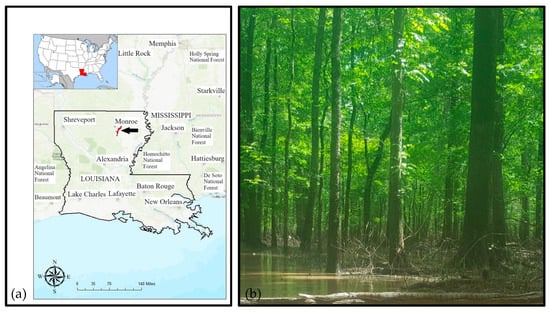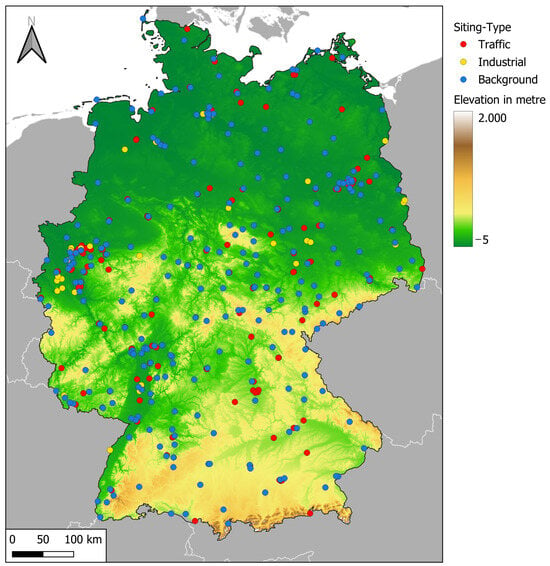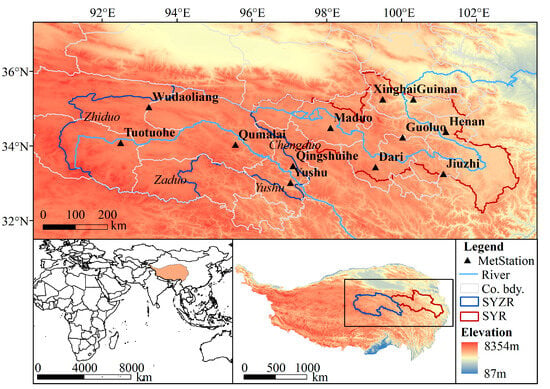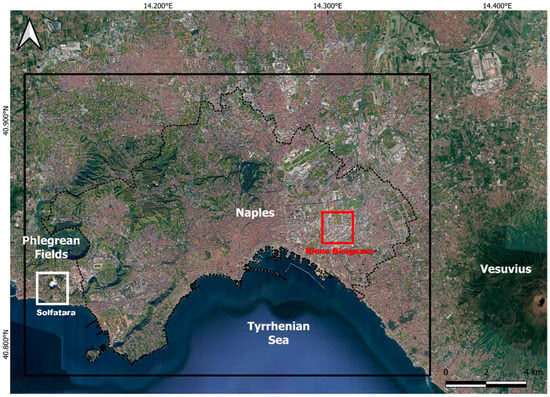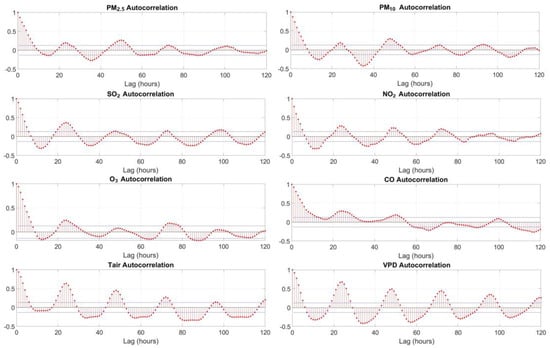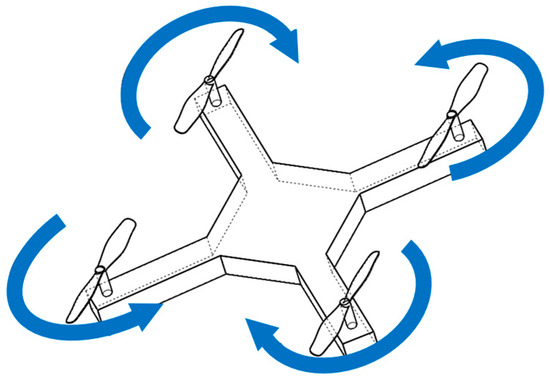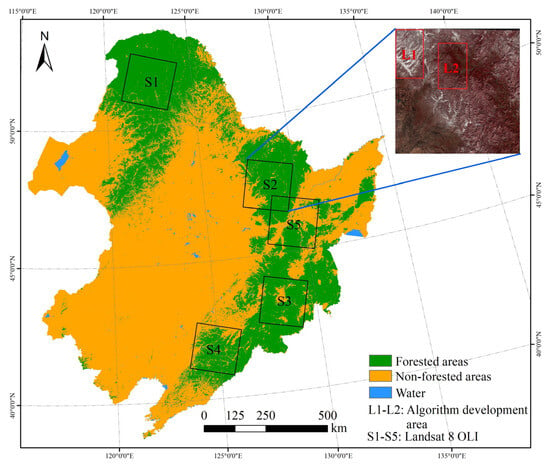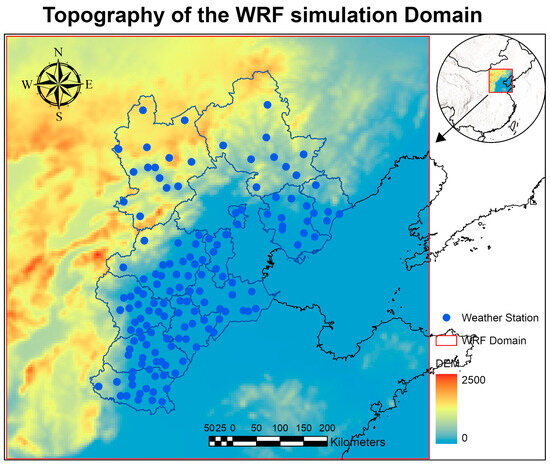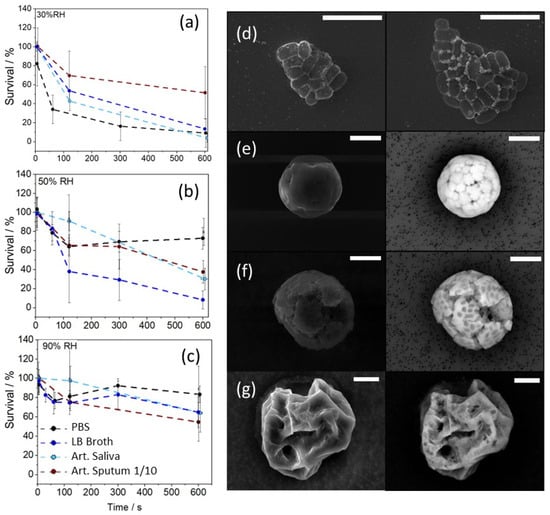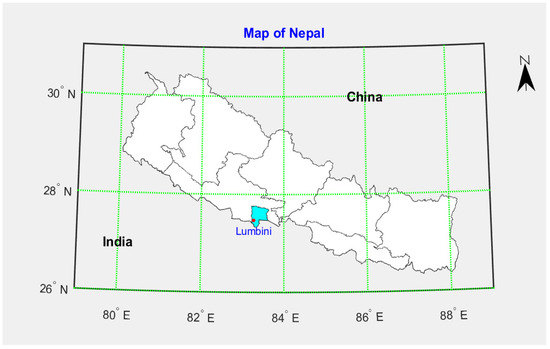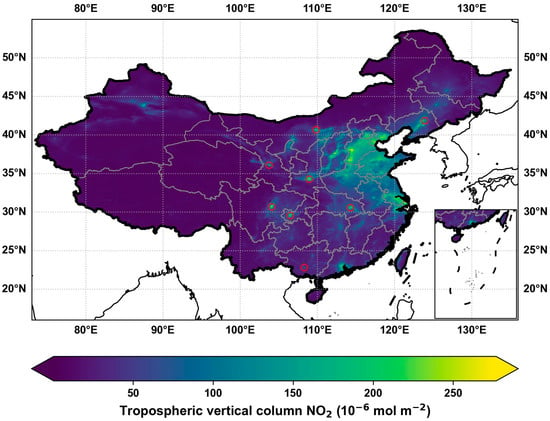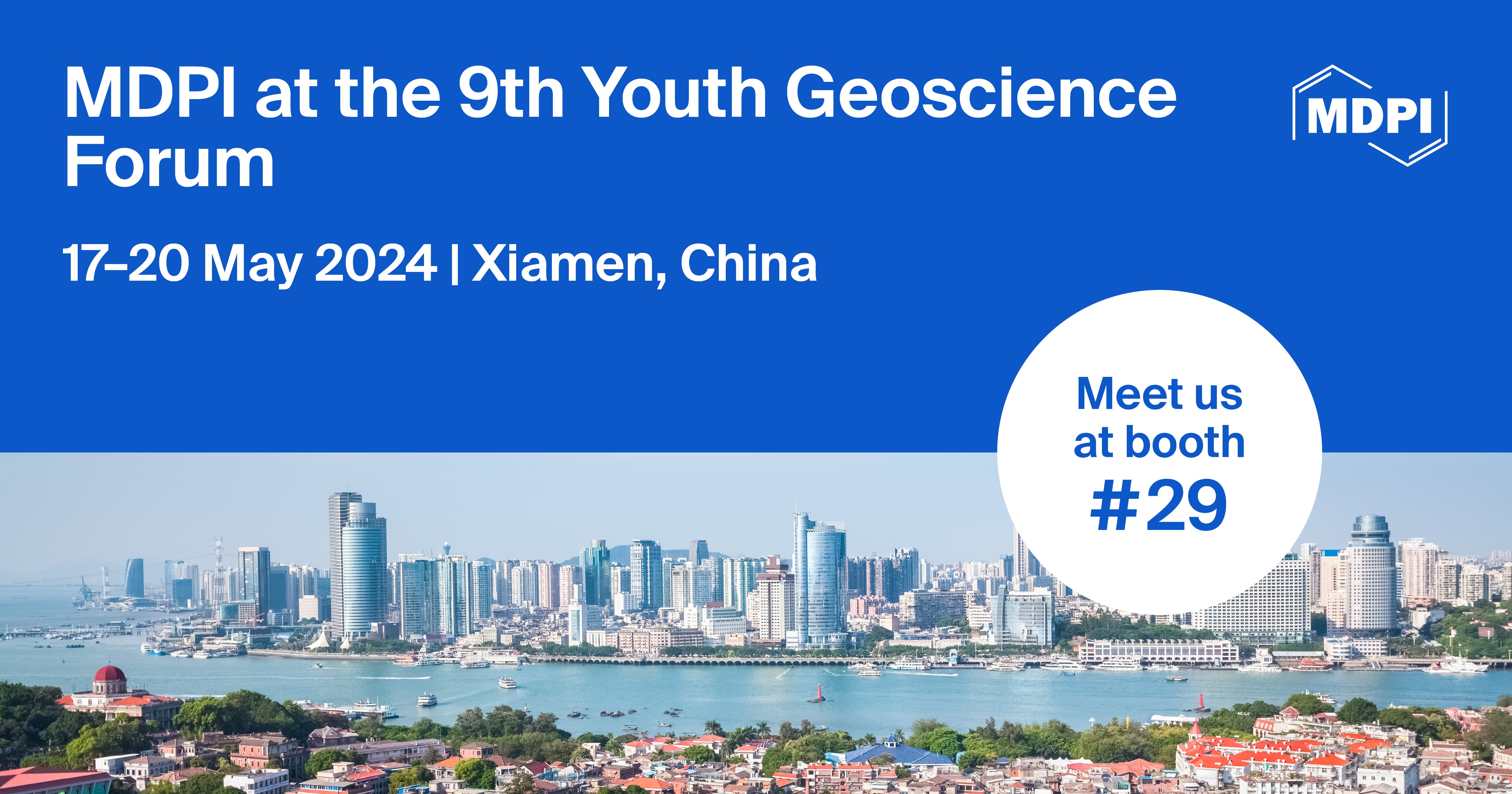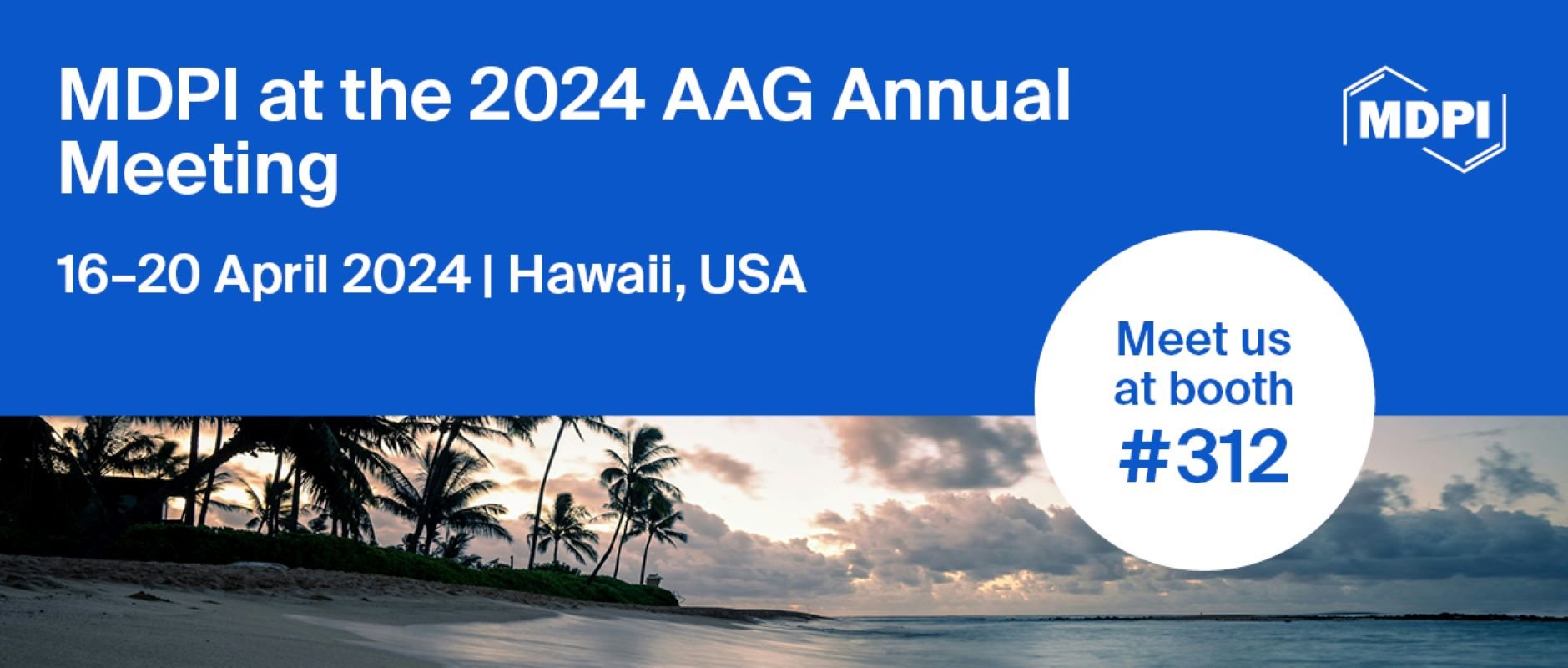-
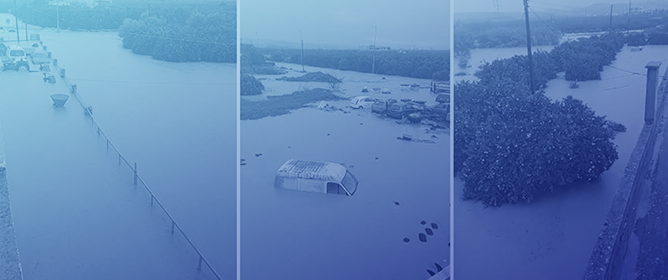 Weather-Hydrologic-Hydraulic model using Ensemble Forecasting achieves Early Flash-Flood Warning at Fine-Resolution
Weather-Hydrologic-Hydraulic model using Ensemble Forecasting achieves Early Flash-Flood Warning at Fine-Resolution -
 Evaluating the Present and Future Heat Stress Conditions in the Grand Duchy of Luxembourg
Evaluating the Present and Future Heat Stress Conditions in the Grand Duchy of Luxembourg -
 Long-Term Evolution in Noctilucent Clouds’ Response to the Solar Cycle
Long-Term Evolution in Noctilucent Clouds’ Response to the Solar Cycle -
 Chaos and Predictability in vTEC
Chaos and Predictability in vTEC -
 Particle Number Size Distribution in Three Different Microenvironments of London
Particle Number Size Distribution in Three Different Microenvironments of London
Journal Description
Atmosphere
- Open Access— free for readers, with article processing charges (APC) paid by authors or their institutions.
- High Visibility: indexed within Scopus, SCIE (Web of Science), Ei Compendex, GEOBASE, GeoRef, Inspec, CAPlus / SciFinder, Astrophysics Data System, and other databases.
- Journal Rank: CiteScore - Q2 (Environmental Science (miscellaneous))
- Rapid Publication: manuscripts are peer-reviewed and a first decision is provided to authors approximately 17.7 days after submission; acceptance to publication is undertaken in 2.8 days (median values for papers published in this journal in the second half of 2023).
- Recognition of Reviewers: reviewers who provide timely, thorough peer-review reports receive vouchers entitling them to a discount on the APC of their next publication in any MDPI journal, in appreciation of the work done.
- Testimonials: See what our editors and authors say about the Atmosphere.
- Companion journal: Meteorology.
Latest Articles
E-Mail Alert
News
Topics
Deadline: 1 May 2024
Deadline: 31 May 2024
Deadline: 31 July 2024
Deadline: 31 August 2024
Conferences
Special Issues
Deadline: 26 April 2024
Deadline: 30 April 2024
Deadline: 15 May 2024
Deadline: 2 June 2024



